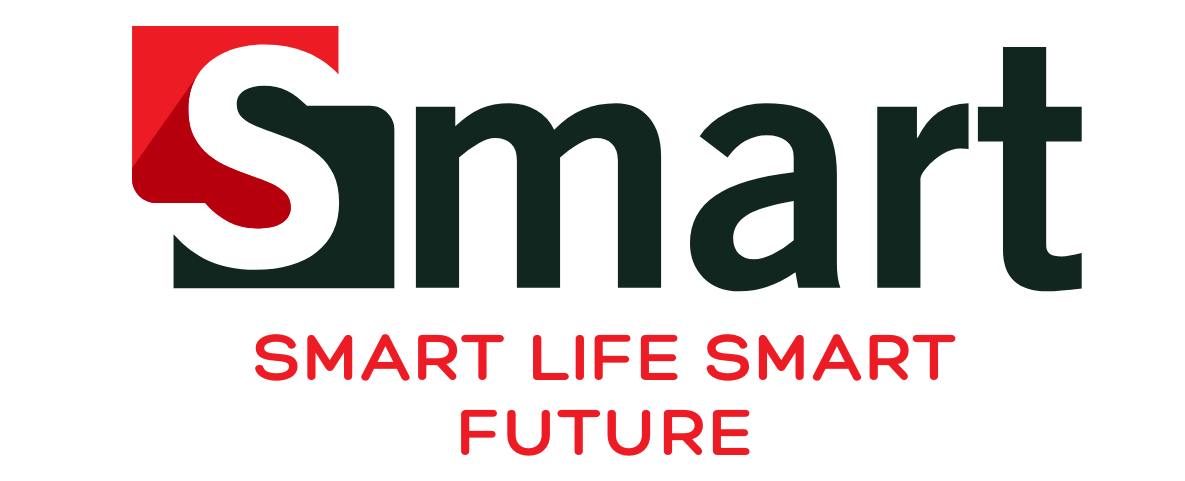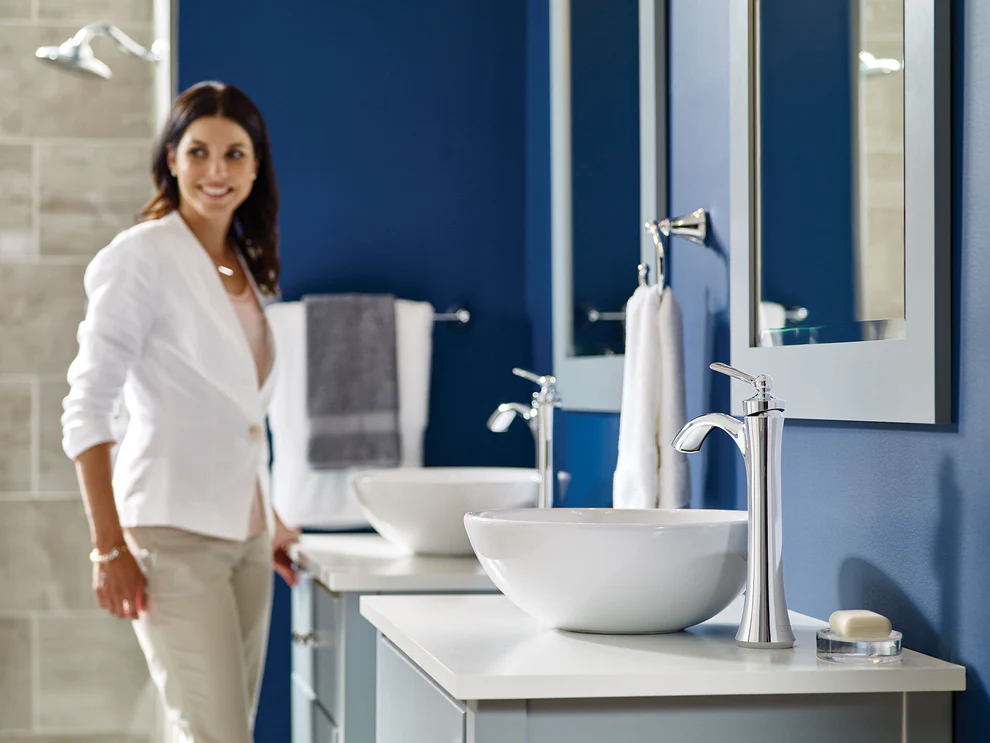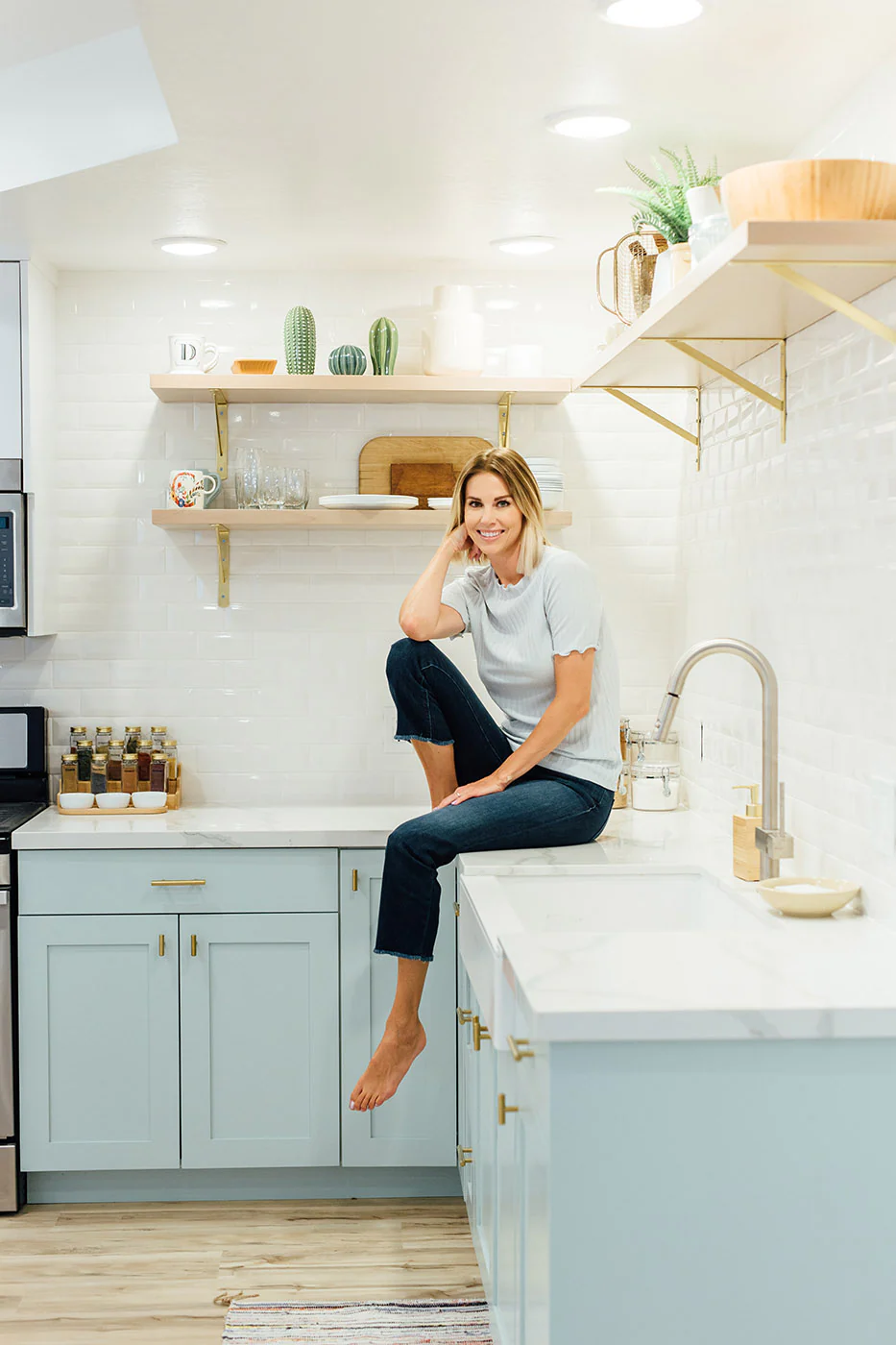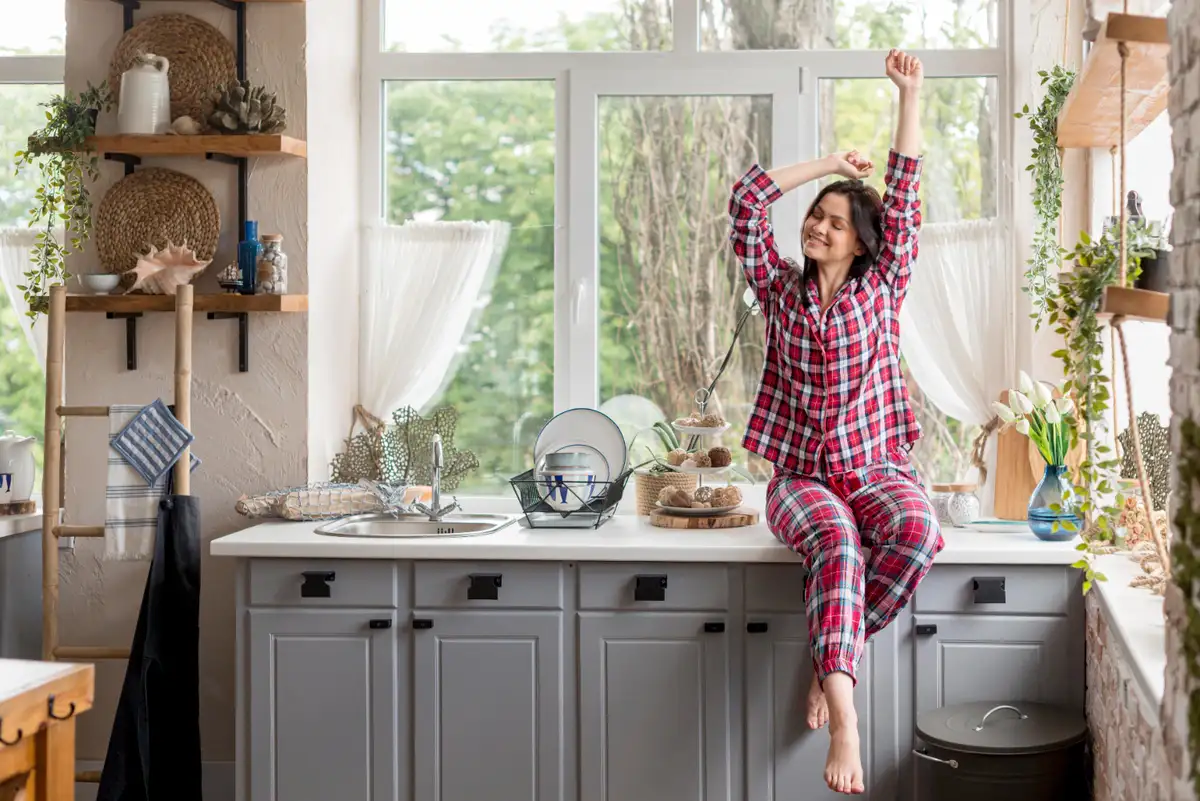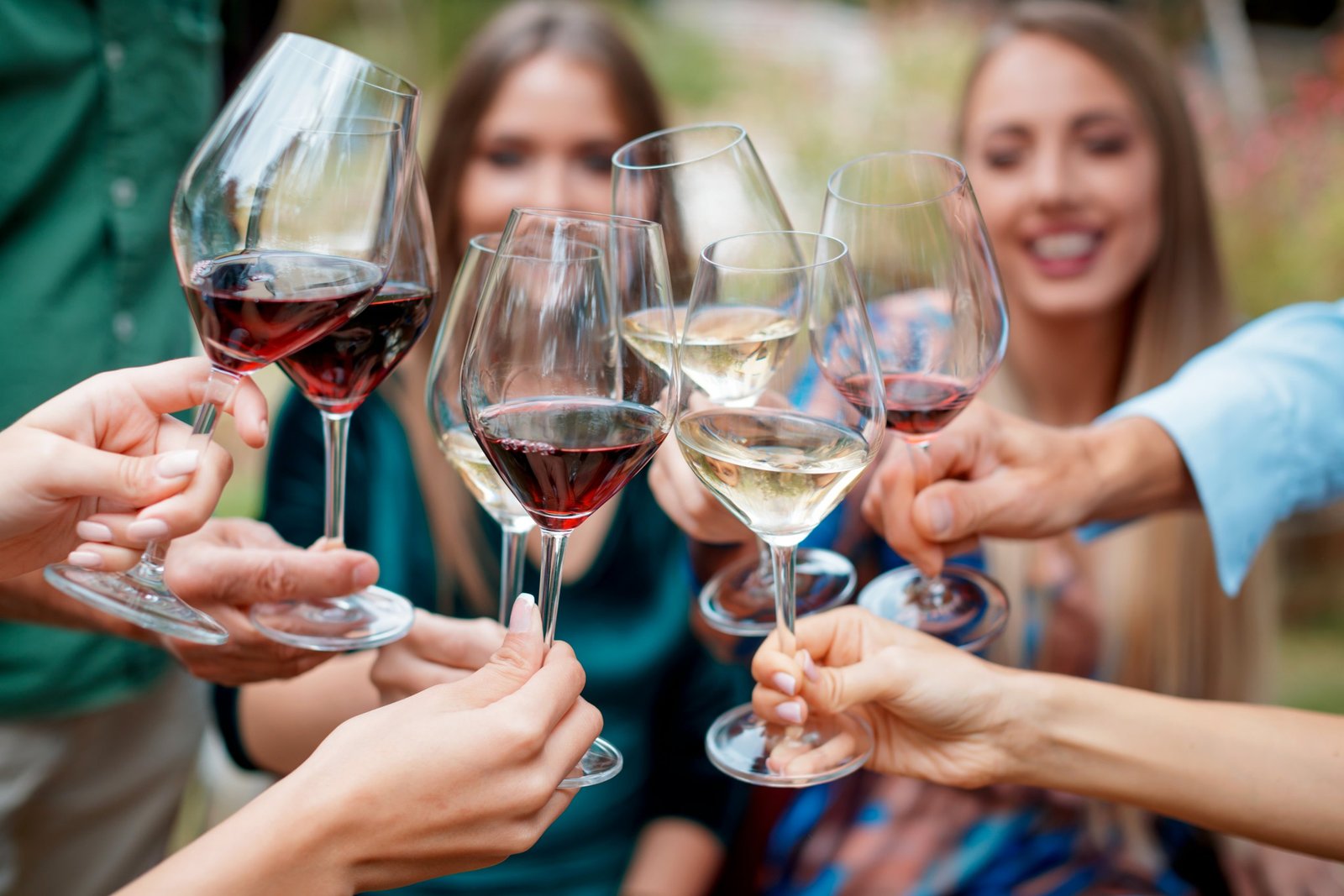
- A Journey Through French Wine Heritage
- Exploring the Rich Heritage and Diversity of France’s Wine-Producing Landscapes
- Bordeaux: The Land of Legendary Wines
- Burgundy (Bourgogne): A Region of Elegance and Precision
- Champagne: The Sparkling Jewel of France
- Rhône Valley: The Heart of Powerful Reds
- Loire Valley: France’s Garden of Wines
- Provence: The Home of Rosé
- Languedoc-Roussillon: The Rise of Southern Wines
- Beaujolais: The Fresh and Fruity Wines
- Corsica: Island Wines with a Mediterranean Flair
- Jura and Savoie: Hidden Gems in Eastern France
- Understanding French Wine Labels and Classifications
- Reading a French Wine Label: Techniques
- Wine Tasting Tips: How to Taste Like a French Sommelier
- Bonus: Clever Advice for Purchasing and Organizing French Wines
- Final Thought: Crafting Your French Wine Experience
France is known for its world-class wines, rich in centuries of legacy, and varied terrain that lets every wine area shine with its terroir. From the brilliant French red wine of Bordeaux to the glittering bubbles of Champagne, French wine is a taste of history, passion, and skillfulness.
This ultimate book will introduce you to the best wines produced in France. Also, tour the most well-known wine areas, stress their cultures, and show you how to taste, buy, and preserve these fantastic wines.
A Journey Through French Wine Heritage

French wine is not only about the drink; it is about terroir. Also, the particular climatic element that defines every wine, and viticulture, the art of grape production. Every French wine area in France has different geographical characteristics. Also, soil type and temperature define their wines’ specific flavors and smells. Wine tasting, enology, and the legacy of French wine-producing areas are related.
The Appellation d’Origine Contrôle (AOC) system guarantees the quality and source of French wines, therefore guiding the basis of French winemaking. Many farmers today also embrace Biodynamic wine, Organic wine, and Natural wine practices to reflect the increasing trend toward sustainable viticulture.
Exploring the Rich Heritage and Diversity of France’s Wine-Producing Landscapes
France is often hailed as the world’s most renowned wine-producing country. Each of the French wine regions brings its own unique character and flavor to the wines it produces, thanks to centuries of Viticulture expertise, diverse terroir, and meticulous attention to detail. Whether it’s a crisp white from the Loire Valley or a bold red from Bordeaux, French wines embody the perfect balance of tradition and innovation.
In this guide, we’ll explore some of France’s wine regions, delving into the notable Appellations, grape varieties, and practices that make these regions famous.
Bordeaux: The Land of Legendary Wines
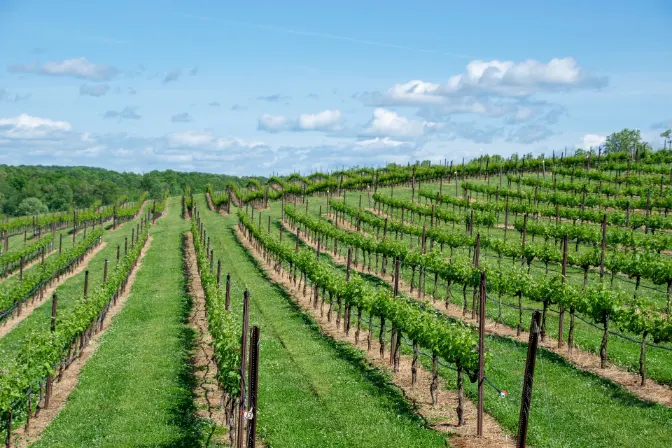
In southwest France, Bordeaux is well-known for turning out some of the world’s most esteemed wines. The Gironde Estuary divides the area into two sub-regions: the Right Bank, home of Merlot, and the Left Bank, where Cabernet Sauvignon rules.
Best Bordeaux Wines:
- Left Bank: Château Lafite Rothschild, Château Margaux
- Right Bank: Pétrus, Château Cheval Blanc
- White Bordeaux: d’Yquem (a sweet Sauternes made from grapes affected by Botrytis)
A trademark of Bordeaux is the En primeur system, whereby wines are sold before they are bottled. This lets collectors purchase futures of some priceless wines. Négociant and Wine cooperatives enable Bordeaux wines to reach drinkers all over.
With a rich historical background, Bordeaux’s classification system—which includes Cru Classé—allows the wines to acquire complexity over time by means of Cave systems.
Wine Tasting Tip: Look for tannins, acidity, and harmony in Bordeaux wines. Often necessary to fully enjoy the wine is decanting.
Burgundy (Bourgogne): A Region of Elegance and Precision
Turning now to eastern France, Burgundy is prized for its exquisite Chardonnay and Pinot Noir. The particular terroir of the area, molded by its old limestone soils, produces wines with amazing depth and complexity.
Best Burgundy Wines:
- Red Burgundy: Domaine de la Romanée-Conti, Musigny Georges Roumier
- White Burgundy: Domaine Leflaive Puligny-Montrachet
Grand Cru and Premier Cru vineyards, renowned for creating some of the most sought-after wines worldwide, are part of Burgundy’s painstaking categorization system. Vignerons here concentrate on limited output; some embrace Biodynamic wine techniques.
Often stored in Cave (wine cellars) systems, where cold temperatures and controlled humidity produce perfect maturing conditions. Burgundy’s wine is crucial in the global distribution of Burgundy wines and négotiants.
Wine Tasting Tip: Subtlety and grace define all of Burgundy wines. As you taste the wine, concentrate on its Bouquet, Body, and Finish.
Champagne: The Sparkling Jewel of France
Champagne, which lies tucked away in northeastern France, is the birthplace of the most well-known sparkling wine worldwide. The champagne fermentation process crafts wine assemblage gracefully and elegantly using the classic Méthode.
Best Champagne Wines:
- Blanc de Blancs: Ruinart Blanc de Blancs
- Blanc de Noirs: Krug Clos d’Ambonnay
This success depends on cuvée blending—producers meticulously combine wines from several years and vineyards to get the ideal balance. Champagne’s chalky hills’ Cave networks offer the perfect setting for aging, which helps the wines develop their unique bouquet.
Major events in Champagne are the Wine Festival celebrations and the Harvest season, which attracts wine enthusiasts from all around to take in the splendor of this area.
Wine Tasting Tip: Bubbles, structure, and acidity should be especially noted during wine tasting. Though the correct glassware might improve the tasting experience, decanting is not usual with sparkling wines.
Rhône Valley: The Heart of Powerful Reds

Syrah rules the Northern Rhône, where the Rhône Valley is split; Grenache is mixed with other varieties in the Southern Rhône. Bold, intense wines with great flavors and high tannins abound in this area.
Best Rhône Valley Wines:
- Northern Rhône: E. Guigal Côte-Rôtie, Hermitage
- Southern Rhône: Château de Beaucastel Châteauneuf-du-Pape
Especially in the steep northern hills where the vines hang to the hillside, Rhône’s terraced vineyards are a defining feature. Working closely with wine cooperatives, négociants play a significant role in the Rhône Valley and help distribute these wines worldwide.
Wine Tasting Tip: Strong tannins in rhône wines make them robust. From dark fruit to earthy undertones, hunt intricacy and layers of taste.
Loire Valley: France’s Garden of Wines

Often dubbed the “Garden of France,” the Loire Valley boasts Sauvignon Blanc, Chenin Blanc, and Cabernet Franc. The Loire Valley generates a great range of wine styles from delicate reds to pure whites.
Best Loire Valley Wines:
- White Wines: Domaine Vacheron Sancerre
- Red Wines: Clos Rougeard Saumur-Champigny
- Sparkling Wines: Crémant de Loire
Late-harvest wines, especially those made from Chenin Blanc, which develops rich notes of honey and apricot courtesy of Botrytis (noble rot), also abound in this area.
The Fairy Tale of the Loire Valley Castles: A fairy tale road trip presents a distinctive wine-tasting experience whereby one can wine tour centuries-old castles. Also, investigate the Cave systems housing the wines’ storage and barrel aging.
Wine Tasting Tip: One tip for wine tasting is Loire wines are fresh and vivid. Pay particular attention to their minerality, sharpness, and acidity—especially in the whites.
Provence: The Home of Rosé
Unquestionably, the birthplace of French rosé wine is Provence, in southern France. Provence’s mild Mediterranean environment results in delicate, dry rosés ideal for summer drinking. Crisp French white wines, rosé, French red wine, sparkling, and Cépage.
Best Provence Wines:
- Rosé: Château d’Esclans Whispering Angel
- Red Wines: Château Pradeaux
Wine celebrations honoring the Harvest season are a feature in Provence; the wines are sometimes stored in Cave systems to preserve their freshness and character.
Wine Tasting Tip: When trying rosé, search for light fruit tastes like peach and strawberry and savor the pleasant acidity of the wine.
Languedoc-Roussillon: The Rise of Southern Wines

Languedoc-Roussillon has become a powerhouse in the world of wine in recent years, leading the charge in its biodynamic, organic, and natural wine movements. Renowned for its creativity and openness to try different winemaking methods, this southern French area has become a center of interesting fresh wines.
Key Varieties of Grape:
- Grenache
- Syrah
- Carignan
- Mourvèdre
Notable Salutations:
- Minervois
- Corbières
- Picpoul de Pinet
- Fitou
Notable Wines:
- Red Blends: Château de la Negly, Mas de Daumas Gassac
- Sparkling: Blanquette de Limoux
Celebrated for their terraced vineyards, which enable ideal grape-growing conditions in this warm and sunny area, Languedoc-Roussillon Here, Cave systems are also rather crucial since they help mature and polish both French red wine and sparkling wines. These creative wines are brought to market, and their worldwide distribution is expanded in significant part by négotiants and wine cooperatives.
Wine Tasting Tip: When savoring a red from Languedoc, search for solid fruit notes, earthy tones, and a balanced finish. To accentuate their intense flavor, pair these wines with grilled meats or filling stews.
Beaujolais: The Fresh and Fruity Wines
Just south of Burgundy, Beaujolais is well-known for its light, fruity French red wines, mainly derived from the Gamay grape. The vivid freshness and young appeal of these wines are well-known.
Key Variety of Grape:
- Gamay
Notable Salutations:
- Beaujolais Nouveau
- Beaujolais Villages
- Morgon
- Fleurie
Notable Wines:
- Gamay: Domaine du Vissoux, Château Thivin
- Beaujolais Nouveau: Georges Duboeuf
The topography and terraced vineyards of the area have a big impact on the type of wine made here; the best examples frequently reveal a fresh, fruit-forward flavor. For Beaujolais, the Vendange (harvest season) is a major event, especially for the celebration of Beaujolais Nouveau, observed every November. Many times, the wines from this area are matured in cave systems to maintain their fresh qualities and brightness.
Wine Tasting Tip: Taste Beaujolais with an eye toward the bouquet, which usually consists of red fruits like strawberries and cherries. These wines are ideal for casual drinking or wine pairing with cheese and charcuterie since they are light in Body and have a smooth, reviving Finish.
Corsica: Island Wines with a Mediterranean Flair

The Mediterranean climate of Corsica influences its distinctive winemaking tradition greatly. Often fragrant and bursting with vivid fruit, Corsican wines showcase the island’s tough terroir.
Key Varieties of Grape:
- Niellucciu
- Sciaccarellu
- Vermentino
Notable Salutations:
- Patrimonio
- Ajaccio
- Vin de Corse
Notable Wines:Notable Wines:
- Nielluccio: Domaine Comte Abbatucci, Clos Culombu
- Vermentino: Domaine Vico, Maestracci
The rugged terrain of Corsica shapes its terraced vines, which enable unique French wines to reflect the Mediterranean surroundings. Perfecting Corsican wines depends on cave systems, which help to soften their tannins and, over time, create sophisticated tastes.
Wine Tasting Tip: Ripe fruit flavors typically counter the salty, herbal character of Corsican wines. Mediterranean cuisine, including shellfish, olive tapenade, and grilled veggies, goes very nicely with these wines.
Jura and Savoie: Hidden Gems in Eastern France
Jura and Savoie, two areas in eastern France, are well-known for producing unique wines that sometimes go underappreciated. Jura is famous for its oxidative methods of wine; Savoie emphasizes fresh, crisp French white wine.
Key Varieties of Jura Main Grape:
- Savagnin
- Poulsard
- Trousseau
- Chardonnay
Notable Wines:
- Domaine Berthet-Bondet Vin Jaune
- Château Chalon
Key Varieties of Savoie Main Grape:
- Jacquère
- Altesse
- Roussanne
Terraced vineyards are rather frequent in these areas since they make use of the mountainous landscape. Ageing Vin Jaune, a special wine from Jura with a nutty, sherry-like taste, depends on cave systems in great part.
Wine Tasting Tip: Jura’s Vin Jaune is unique among wines because of its oxidative aromas and extensive maturing technique. Conversely, Savoie’s white wines are crisp and reviving, ideal for accompanying seafood and Alpine cheeses.
Understanding French Wine Labels and Classifications
For beginners especially, French wines can be challenging to negotiate. Once you know the labeling system, though, it is much simpler to spot quality wines from different France wine areas.
Grade Classifications:
- AOC (Appellation d’Origined’Origine Contrôlée): The highest level of wine classification guarantees that the wine originates from a particular area and adheres to rigorous manufacturing guidelines.
- IGP (Indication Géographique Protégée): IGP wines are somewhat less expensive than AOC, yet they have regional qualities.
- Vin de France: Usually applied to table wines, Vin de France is the most fundamental classification.
Reading a French Wine Label: Techniques
- Appellation: The area of wine manufacture.
- Vintage: The grape harvest year.
- Grape Varieties: Varieties of grapes used in wine production defined it.
- Producer: The vineyard or Négotiant that produced the wine.
Knowing how Vintage, terroir, and Cave systems affect the end result will enable you to choose wines from French wine areas with knowledge.
Wine Tasting Tips: How to Taste Like a French Sommelier
The taste of wine is an art that uses all your senses. This is a detailed guide on sampling wine like a Sommelier:
- Look: Check the wine’s clarity and color. Is it clouds or brilliant and clear?
- Smell: To release the smells of the wine, swirl it in your glass. The bouquet provides a great window into the age, grape variety, and character of the wine.
- Taste: Sip it and let it coat your mouth. Give the tannins, acidity, and Body of the wine top priority.
- Finish: A good wine will have tastes that change with time, so it will have a residual Finish.
Regarding the development of the taste character of the wine, the value of Cave systems cannot be emphasized. Correct aging in a cave can improve the nose and bouquet of a wine, so enhancing the tasting room.
Bonus: Clever Advice for Purchasing and Organizing French Wines
- Understand Terroir and Terraced Vineyards: Know Terroir and Terraced Vineyards: The barrel aging potential of every place affects the wine. Unique minerality and structure abound in wines from terraced vines.
- Use Vintage Charts: Knowing which years had the best harvests can guide your wise purchase of wine.
- Look for Trusted Producers: To guarantee quality, pick wines from respected Châteaux, Domaines, and Cave systems such as Château Margaux or Domaine de la Romanée-Conti.
- Consider Investment Potential: Wines from French wine routes such as Bordeaux, Burgundy, and Champagne are generally attractive options for collectors wishing to enjoy their wines while maybe earning from their future value.
This post will help you to become a master in French wine regions. Travel across France’s remarkable wine regions and remember to taste every drop!
Final Thought: Crafting Your French Wine Experience
Visiting the French wine regions is about immersing yourself in the history, culture, and scenery that define these wines so uniquely, not only about sampling excellent wines. Every area, from the terraced slopes of the Rhône Valley to the chalky caverns of Champagne to the Bordeaux grapes, presents a different gastronomy.
To guarantee the best vintages when purchasing French wines, think about visiting Wine festivals, engaging in Wine excursions, and even looking at En primeur possibilities. To ensure you are getting the most excellent quality wines, search for reliable Négotiators and Wine cooperatives.
Whether you’re enjoying French wines now or gathering them for the future, they promise to provide a complex tapestry of tastes and smells that reflect centuries of invention and history.
This interesting and educational guide presents a whole view of French wine routes, therefore revitalizing the core of France’s viticulture legacy. Whether you enjoy wines or are a curious novice, this book will enable you to find and value the beauty of French wines.
